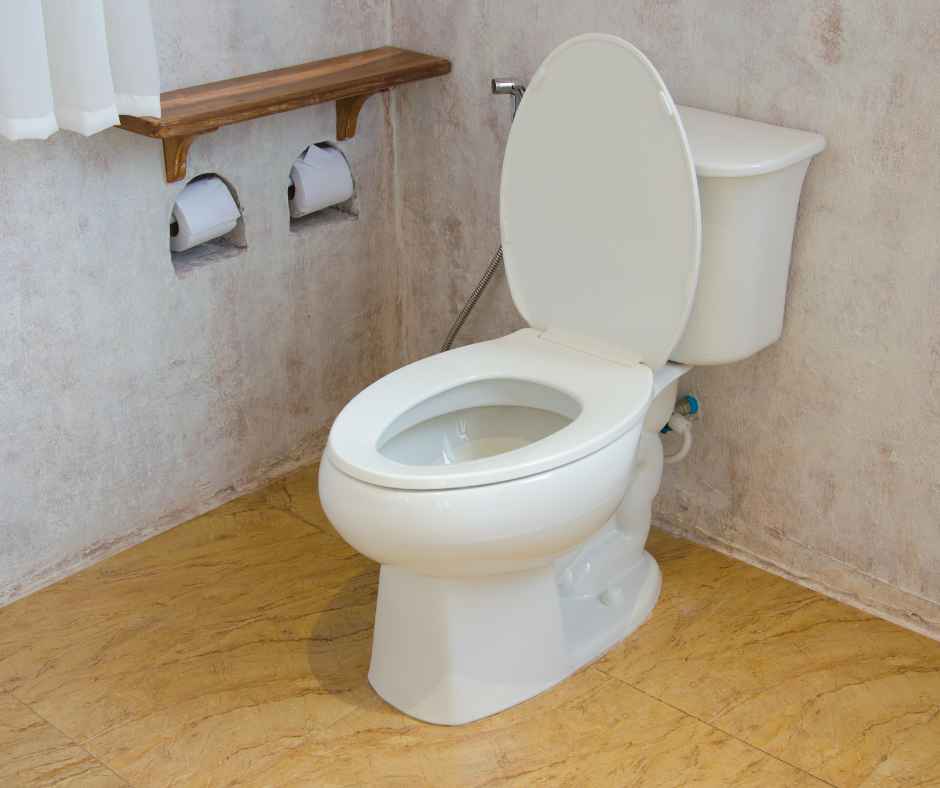the East Side & Beyond!
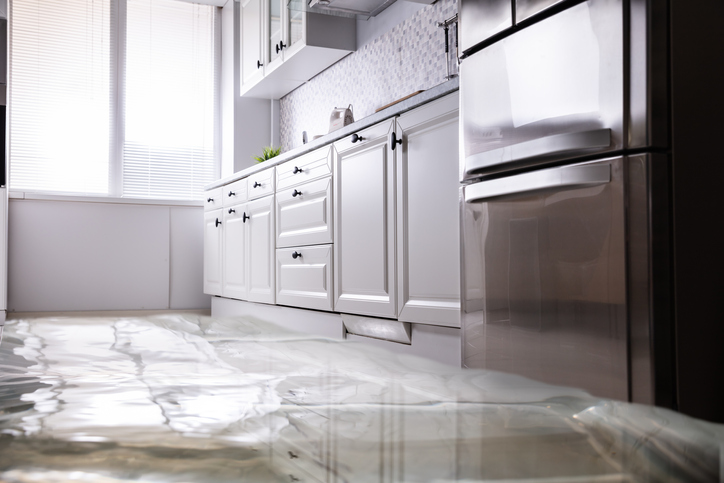
Dishwasher Leaks and Water Flow Problems
February 21, 2019
Growing up you may remember the incessant job of washing dishes by hand. You’d fill up one side of the sink with soapy water and allow the dirty dishes to soak as you washed and dried on repeat until the job was done. Many of us even shared the nightly job with siblings creating arguments over whose turn it was to wash or dry that night. The dishwasher has truly revolutionized this annoying but necessary chore as not only has the dishwasher cut cleaning time in half, but it also does a much more thorough job as it sanitizes as it goes.
Needless to say, the dishwasher has become an asset to any kitchen. Without it, we are much more likely to see a growing pile of dishes by the sink…especially if there are kids in the home! Having a dishwasher in good working order is important to keep the dish clutter at bay and working families sane. As with many appliances, issues happen so here are some tips on how to combat any unexpected hiccups your dishwasher may throw your way:
Trouble Shooting Leaks
Dishwashers are a spectacular invention but as with any appliance, leaks can happen. These machines often run water continuously without a hitch but every once in a while, the wear and tear can catch up with it. If you notice your machine has a leak here are a few places to look:
- The Door: You know that rubber ring around your refrigerator door that makes a suction sound every time you open and close it? Well, that’s very similar to the outer lining on the dishwasher door. This material is called a rubber gasket, it works as a seal between two surfaces and in your dishwasher’s case, it helps keep water inside. If there is a tear or any damage to this rubber lining including small cracks or a brittle appearance…it’s likely to be a source of any leaks.
- Water Source: In order for a dishwasher to work there must be a water source. This water source is connected to a hose or pipe that attaches to an inlet on the dishwasher which allows water to flow from your home’s plumbing system into the unit. If you are noticing leakage, it very well could be coming from a loose connection or a failed gasket.
- Underneath: When a dishwasher leak occurs it’s wise to inspect all the way around the machine and especially underneath it. There are a few potential culprits underneath that may be causing the damage, for instance, the water inlet, the drain, or the seal around the pump. If one of these is the reason for the leak, it’s likely because the hose clamps failed, were loose, a gasket cracked, or a pump broke.
Troubleshooting Water Flow
A dishwasher with little to no water flow isn’t able to get the job done well and renders the machine useless. If you are having water flow problems, there are a few things to check into:
- Door Latch: Have you ever closed a dishwasher assuming it was going to start cleaning to come back and realize you never latched the door so it never started? This can be a frustrating scenario, especially if you needed the dishwasher done at a certain time. Sometimes however when water flow problems exist, it may actually be due to the door not latching correctly. This is often caused by debris blocking the latch.
- Sensor: Thankfully the dishwasher is fully equipped with a safety mechanism that prevents any water flow when the door is not fully closed. However if for some reason your machine is latching but there still isn’t any water flow it may be due to the electronic water flow sensor that helps monitor and regulate how much water flows through the machine. If you determine that the water flow issue is coming from a malfunctioning sensor, it is time to install a new sensor.
- Hose: If water flows from your kitchen faucet you know your water supply is working well. But if you’re still having trouble with water flow in the dishwasher then you’ll want to check the valve under the sink that brings water to the machine. If it’s open but water isn’t flowing, there may be a kink in the hose. To check, you’ll need to remove the dishwasher’s kick plate and straighten out any kinks you find.
- Float Switch: The float switch is a vital component to the dishwasher. The float switch is the plastic disc or cone that is attached at the floor of the machine which rises and falls. This piece of the machine tells it when to stop water flow. Sometimes this little switch can get lodged and remain in the up position which will completely stop water from flowing. A quick adjustment can solve the problem but, in some cases, you’ll need to replace the float switch.
The dishwasher has certainly made kitchen clean up easier, quicker and much more convenient but when the machine has issues it won’t take long for you to figure it out. If you are having trouble finding a solution to your problem, you may need some professional help and as always, The Plumbing Joint would love to help you get your dishwasher back in working order.
Recent News
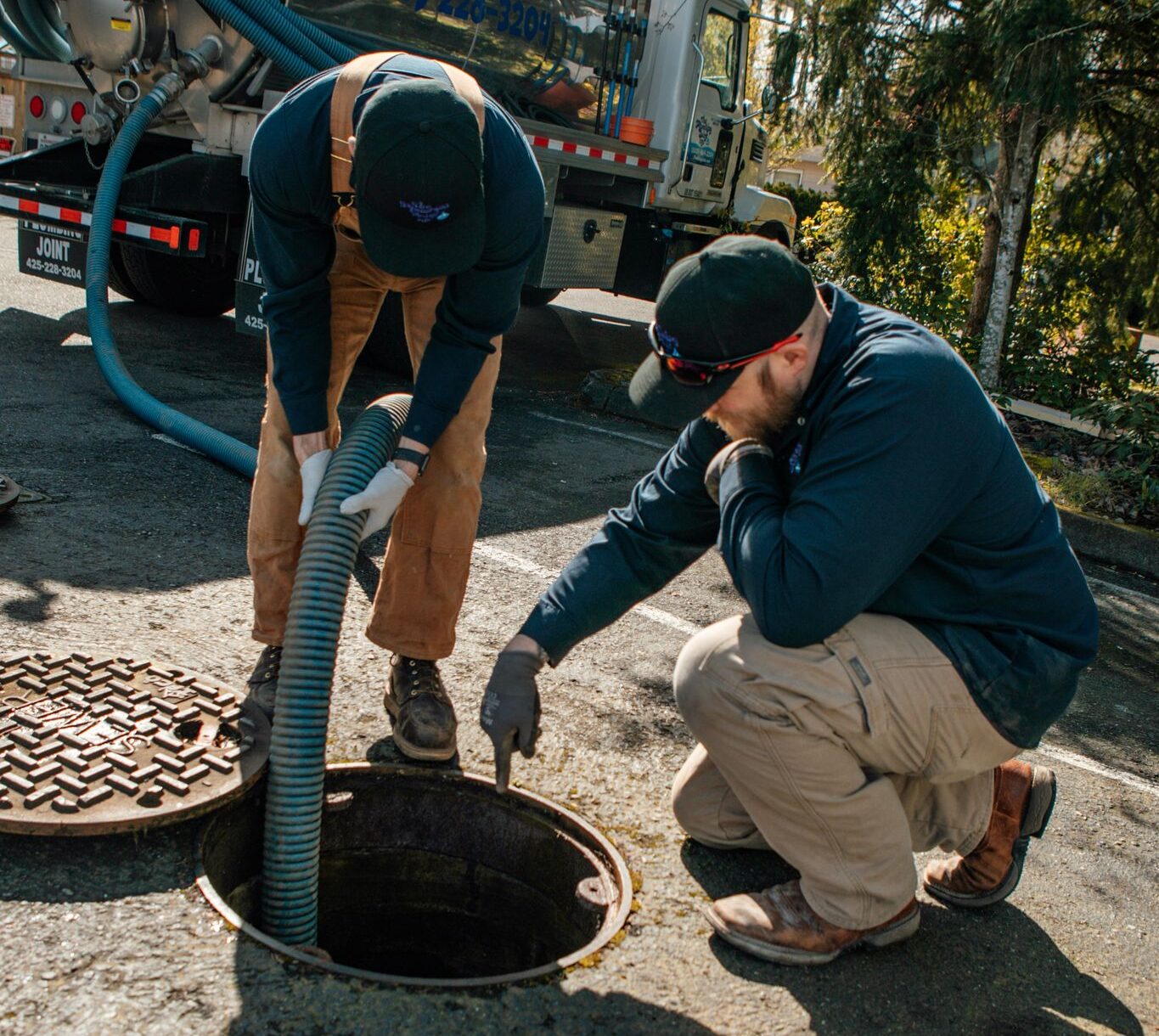
How To Spring Ahead of Plumbing Issues
March 11, 2025
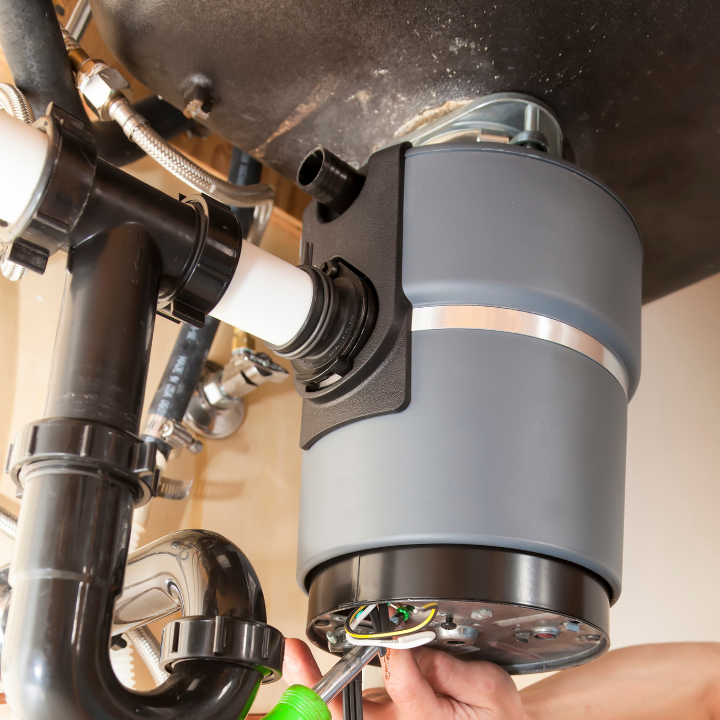
Help! My Garbage Disposal Is Humming But Not Working
February 7, 2025
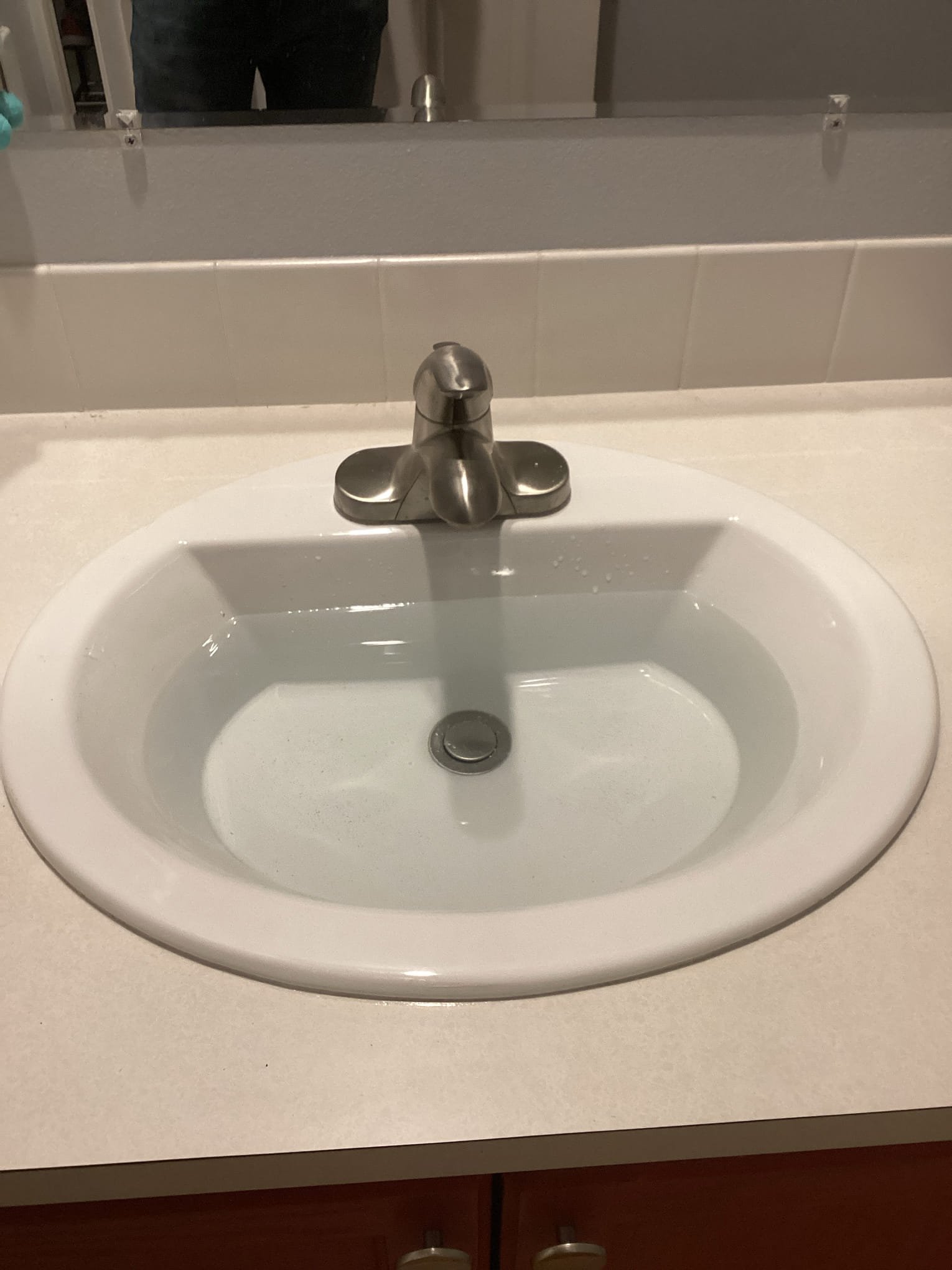
Why Does My Sink Gurgle?
January 10, 2025
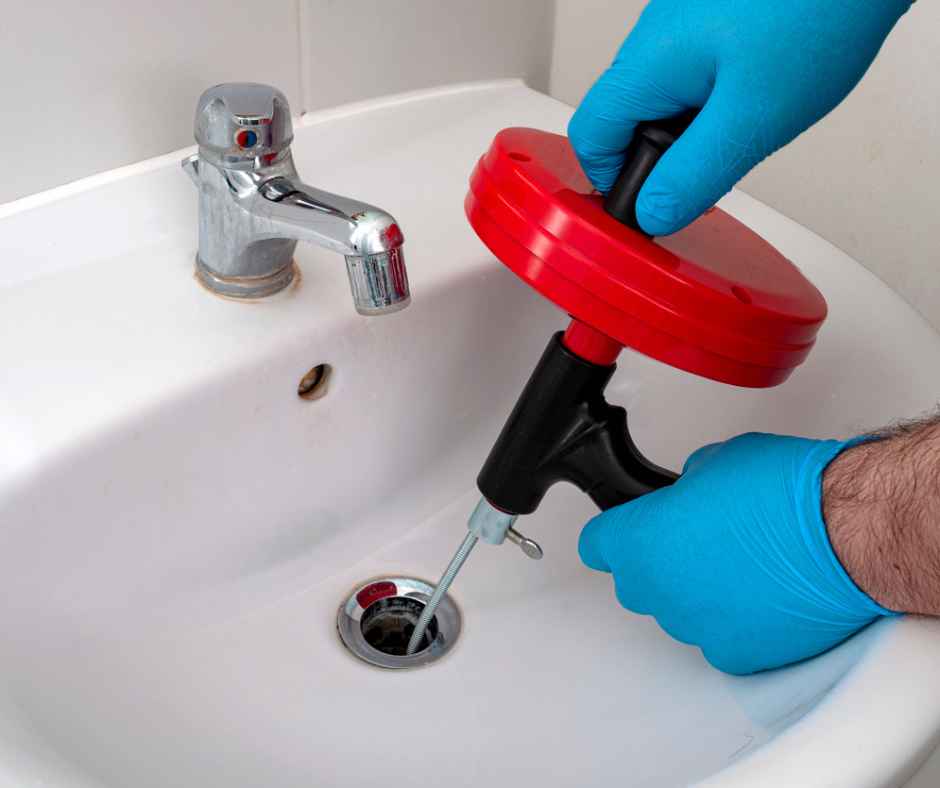
How to Use a Plumbing Snake
December 13, 2024
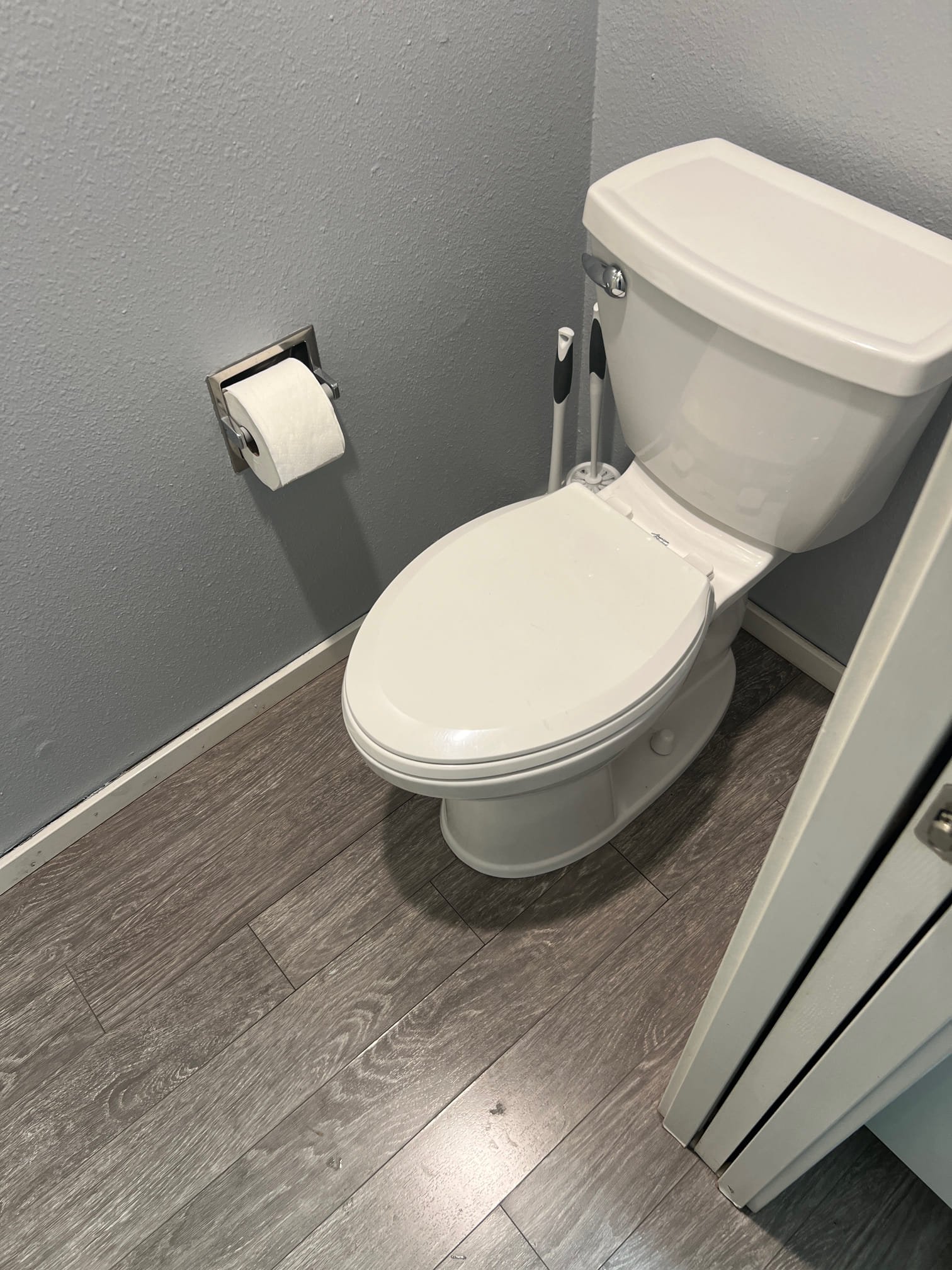
Toilet Sounds And What They Mean
November 7, 2024
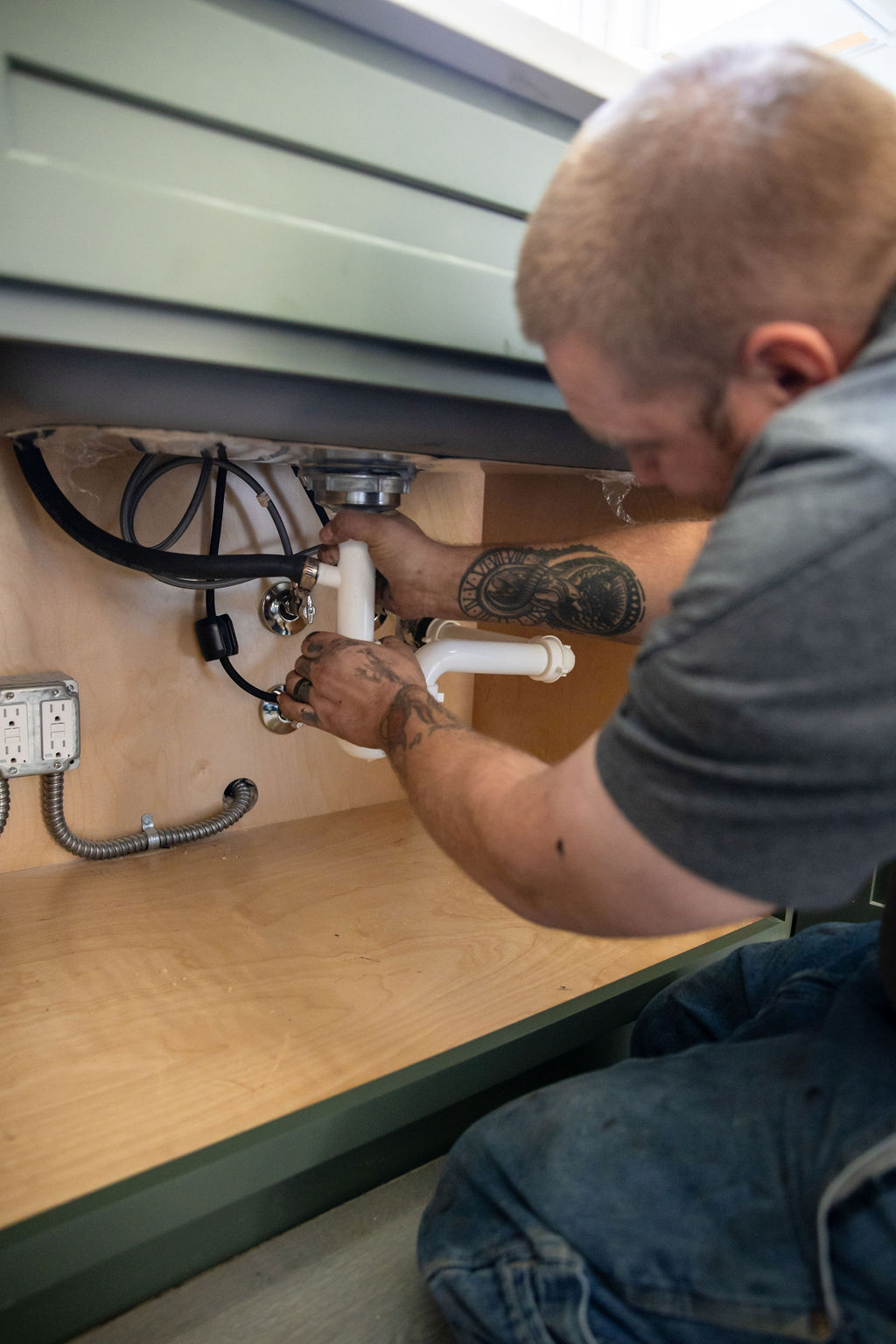
I Have Knocking Pipes When Water Is Not Running – Why?
October 10, 2024
